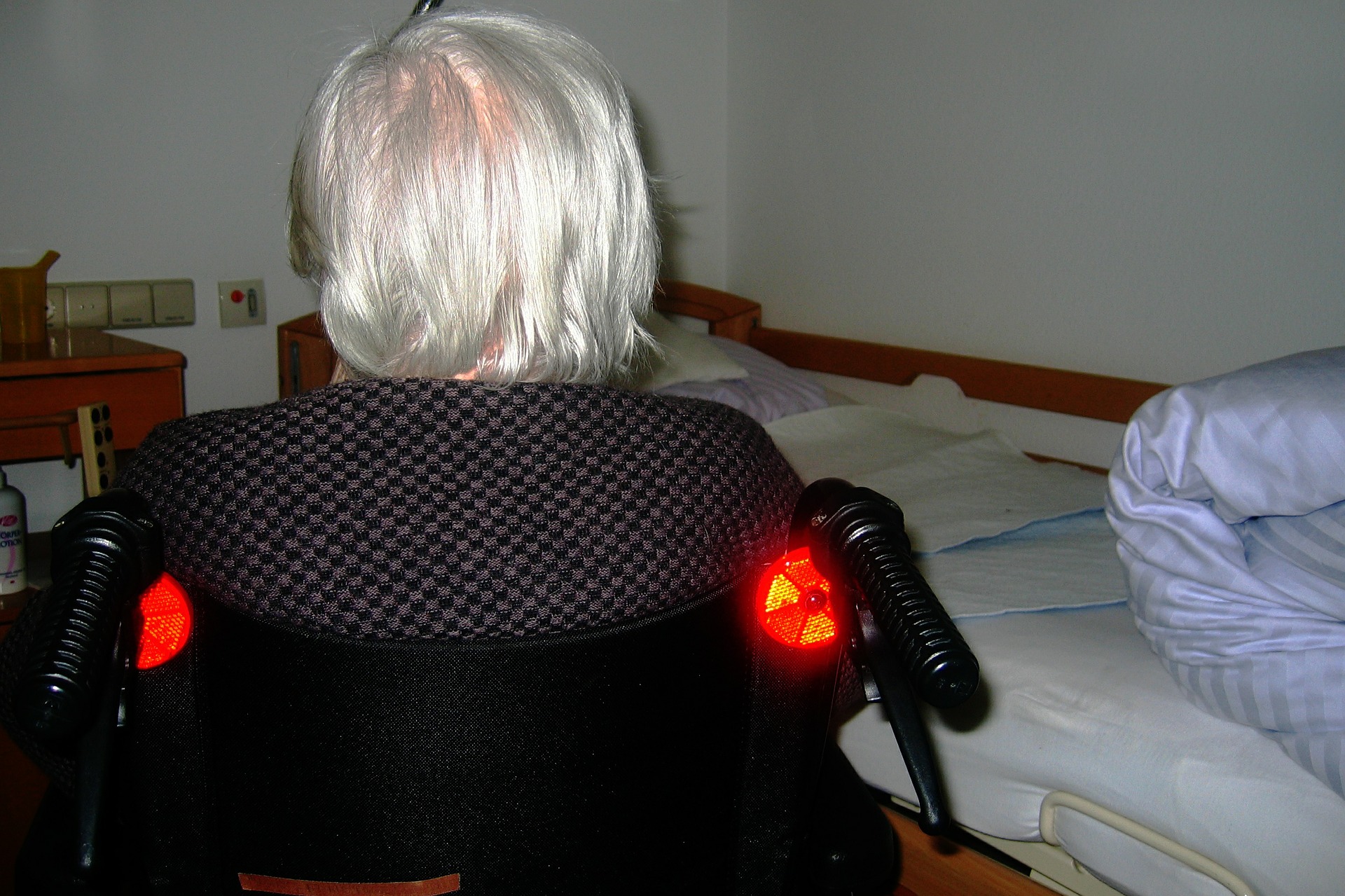Being in a wheelchair, whether due to injury, illness, or frailty, can cause challenges daily. Until someone has learned to navigate their living space in a wheelchair, they may not understand just how many issues can affect you. That being said, wheelchair users can also be strong and adventurous, taking these challenges on with courage and a smile. This blog will outline three of the more frustrating obstacles wheelchair users often encounter, as well as some suggestions on how to cope.

- Not Enough Hands: Manual wheelchair users know the issue all too well – while trying to maneuver the chair around corners, and through doorways, hands are occupied – and therefore, anything you need to carry has to be balanced on your lap. You may need to make multiple trips to move things from one room to the next, and even those with electric chairs find that their ability to carry items is minimal while operating the chair. If you are a new wheelchair user, you may not realize that many wheelchair accessories can help you carry what you need to, from bags and cup holders to trays that attach to the chair for drinks and meals.
- Injuries and Pain in your Hands: Repetitive actions and constant use of one part of the body can easily result in soreness or injury. This can happen whether you are an athlete, a data entry professional, or a wheelchair user. When you operate a wheelchair, your hands can sustain a lot of damage – callouses, blisters, cuts, and soreness from grasping the wheels. There are several ways to help in this situation. First, consider adding a soft covering for your wheelchair rims to protect your hands and prevent blisters, abrasions, and callouses. Gloves are also an option, but many people don’t like wearing gloves all day, especially in Florida. If your loved one uses a wheelchair, make sure to provide them with moisturizer to help with skin cracking and other dry skin issues. As for the soreness that is a common ailment for those in wheelchairs, it is important to practice hand and wrist stretching exercises, fully extending all joints. This will help to avoid overuse injuries and reduce cramping from having your hands in one position all the time.
- Worn Out, Uncomfortable Chair Cushions: When patients use their wheelchair for long periods, such as being in their chair all day long, the cushions can quickly wear out – loose stuffing, rip or tear, and get flat. Uncomfortable cushions seriously affect the quality of the wheelchair and can result in discomfort and less agile performance. Even a pillow that is not worn out can be very uncomfortable if it is not a good fit for the user (too hard or too soft). You may need to experiment with several cushions until you find the best one for your preferences and comfort level. Consider the shape of the cushion, the material it is made of, and its type. You may even have different cushions for different activities or the length of time you will be in the chair.
If you or your loved one is new to wheelchair use, be sure to ask many questions from the supplier, your physician, and other chair users. Ask them for their tips and tricks, what they didn’t expect, or the most surprising issue they encounter. By educating yourself before obtaining a new wheelchair, you are more likely to choose the right chair for your needs.
A Banyan Residence is a professional assisted living and memory care facility in Venice, Florida.
